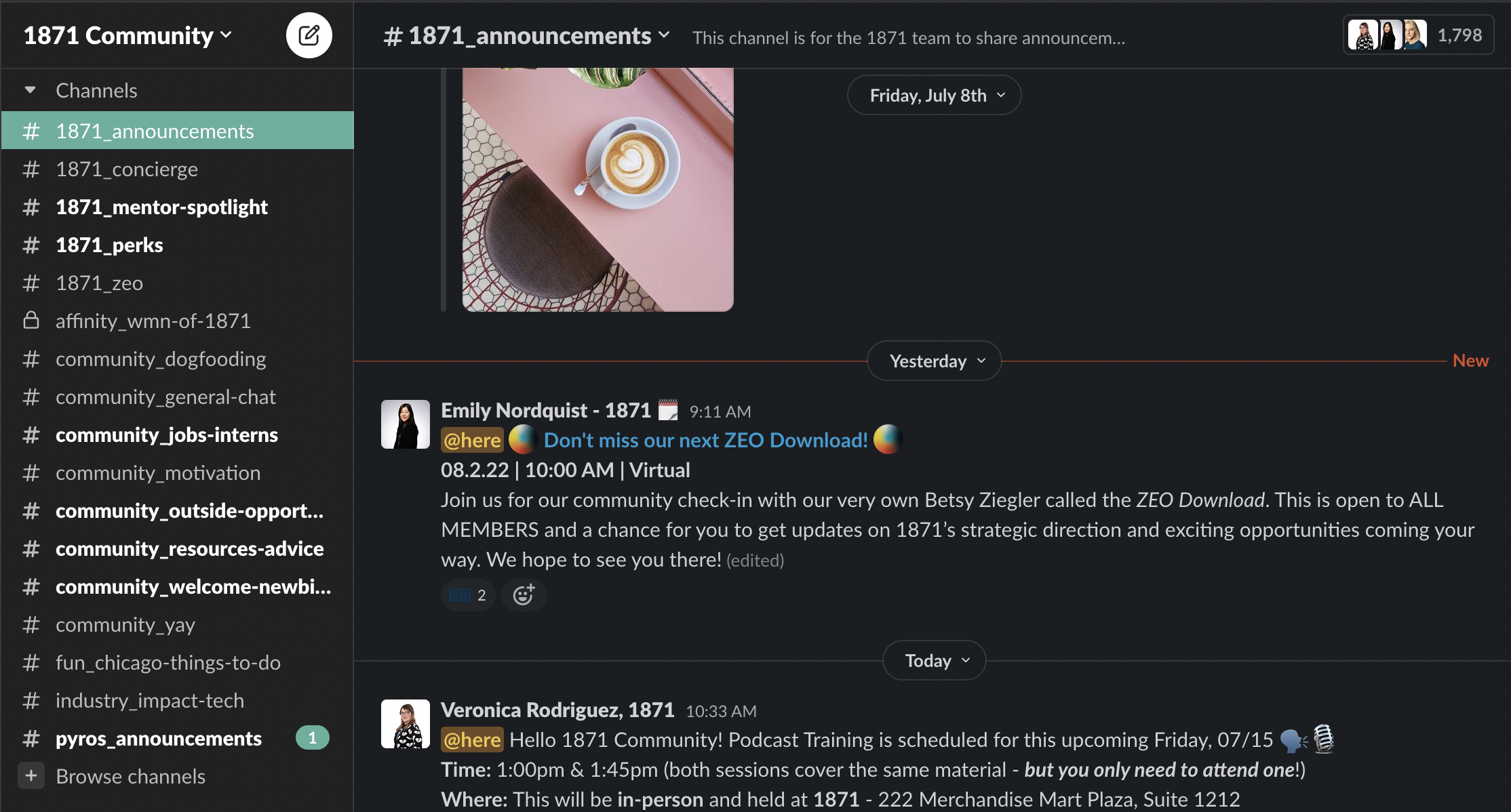The year 2020 will likely be remembered as the point of origin for a massive change in the e-commerce landscape. Brick and mortar locations closed their doors, and consumer shopping habits changed overnight in the wake of the novel coronavirus. Businesses that sell their products online, understandably, felt the sudden pang of anxiety over the unknown implications of a national shelter in place mandate.
The following weeks have seen a roller coaster of market shifts, vague announcements from industry leaders like Amazon & Walmart about the distinction between essential vs nonessential products, and uncertainty around fulfillment bandwidth nationwide. Logical Media Group partners with companies representing a variety of industries and products, some deemed essential and some not. COVID-19 has changed the nature of our relationship with our clients, as each day presents new questions and concerns about the viability of driving revenue through digital marketing.
Effects of Coronavirus on Logical Media Group E-Commerce Clients
Panic and anxiety have set the economic tone of the pandemic thus far, but for e-commerce companies there has been another side of the coin, and a shiny one at that. In reviewing March and April performance data, Logical has seen an overwhelmingly positive impact for our e-commerce clients. Within the Grocery & Gourmet category, we have seen a four digit (2,000% +) increase in revenue on Google Advertising. Food that can be delivered to your door was always going to be the big winner here, though. See how other categories are fairing below:

* Data pulled from Logical Media Group Google Advertising MCC
This chart represents the change in performance trends in Google Advertising spend alone for Logical Media Group e-commerce clients, organized by category, between March 15th, 2020 – April 27th, 2020 compared to January 31st, 2020 – March 14th, 2020. The boost is substantial for groceries, but our clients in every industry have experienced growth in purchases and revenue. The consistent decrease in Average Order Value is indicative of a change in consumer purchasing habits, with shoppers making smaller purchases more frequently. This could be attributed to more conversative spending choices, or a wait-and-see approach to shelter in place policies.Another thing to note is Logical clients in the Grocery and Dietary Supplements began offering free shipping at the onset of quarantine, lowering the average AOV.

* Data pulled from Logical Media Group Google Advertising MCC
Here is the same client data now organized by the various “channels” within Google Advertising. Search and Shopping see positive growth, to be expected with the aforementioned spike in e-commerce conversion rates. Display ads, traditionally associated with top funnel brand awareness, have seen an unprecedented increase in purchases, revenue and AOV. Throw out all preconceived notions of what may or may not work for your business during the COVID pandemic — it is possible to achieve growth on any channel in any industry.Effects of Coronavirus Around the Industry In addition to our client success stories, we can look around the industry for expanded data sets. Bazaarvoice, an e-commerce thought leader, recently published data by category from their own customer data. You can see a dramatic increase in page views across categories that aren’t related to critical pandemic survival (e.g. groceries).

Of particular interest to e-commerce focused businesses will be their findings on actual order revenue within that same time period.

Categories that are seeing success aren’t necessarily the obvious ones, either. Hardware and Sporting goods have enjoyed substantial growth as consumer behavior shifts towards extended time at home. The anecdotal evidence behind this isn’t overly complicated: folks home from work are going to take the opportunity to work on their homes.
How to Plan for What’s Next
There are a few other factors, most notably unemployment percentages and expendable income per household, that will determine the long-term scalability of investing ad dollars in this category. The good news is that ad investments are flexible and impermanent, very much like a hot iron that requires striking when an opportunity presents itself.
On April 13, Amazon lifted all shipping restrictions on nonessential inventory to allow third‑party sellers to resume sending inventory to its FBA warehouses. Additionally, Amazon has continued to issue new purchase orders after implying that nonessential PO’s would be halted. While Logical recommends practicality and caution in any investment strategy, consistent market monitoring is a part of the value we provide our clients. With two growing brands, both relatively new to the Amazon marketplace, an opportunity is upon us to make our mark. Our priorities for client are simple:
- Optimize listing content to assist with category ranking improvement and consumer engagement
- Drive sales and new customers through organic and paid advertising efforts, the second piece of category ranking improvement
- Create a positive user experience, generate new reviews and return traffic, the third piece of the category ranking puzzle
Should You Keep Spending on Advertising?
Ad spend will, of course, be used to generate a return, and the highest one possible at that. The secondary benefits, however, can’t be forgotten in this equation. Logical is proud to partner with Sellics,an industry leader in Amazon reporting and analysis tools. They break down the process by which Amazon determines category rankings into a much simpler concept: The Self-Perpetuating Flywheel.

Source: Sellics.com
Many factors are built into each of these heavily simplified flywheel portions, but the point is that Amazon and its algorithm smile upon brands that participate in all aspects of that flywheel. Putting ad dollars behind your product listings, generating sales and subsequent reviews are a crucial part of any growth strategy.
Final Thoughts
The obstacles and potential pitfalls are well documented and will absolutely require consistent attention.
- Fulfillment and means of production
- Economic stability and presence of expendable income
- E-Retailer bandwidth
- Category limitations based on “essential status”
While these factors likely aren’t going anywhere, neither is our window of opportunity to introduce your brand to a brand new audience and fill your top funnel.
The role of e‑commerce, Amazon in particular, is currently as critical for the growth of digitally focused brands as it will ever be. Despite the uncertainty that clouds the entire marketplace, we have little reason to believe that the dramatic shift to online shopping will have anything other than a positive impact on marketplaces long term.
Amazon has taken steps to secure its fulfillment and supply chain operations by seeking to hire 100,000 new employees for their warehouses during the pandemic. If that light at the end of the tunnel isn’t bright enough, sellers which use FBA have once again been given approval to send inventory to Amazon warehouses nationwide on April 13th. As operational functionality slowly stabilizes, Logical expects to see a sustained growth pattern in e-commerce marketing across all categories.
Join as an 1871 Early Stage Member.
Attend info sessionSubscribe to our ICYMI newsletter.
Share this post:



